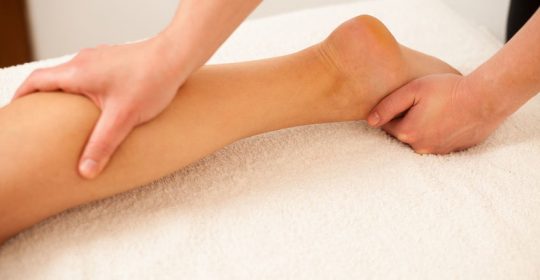
Fluid Retention or Swollen ankles? How Manual Lymphatic Drainage can help you!
What is Manual Lymphatic Drainage?
Manual Lymphatic Drainage (MLD), developed by Dr Emil and Astrid Vodder, is a very gentle, non-invasive manual therapy technique. It can assist in better fluid flow and aiding in drainage from the tissues, via the Lymphatic system and can take years to master. The lymphatic system is a network of tubes the body that drain lymph or lymphatic fluid from tissues. The main roles of the lymphatic system include:
- managing the fluid levels in the body;
- filtering out bacteria; and
- housing types of white blood cells.
During these treatments, your practitioner will apply very light massage strokes, directed towards towards your torso, to encourage fluid drainage therefore, enhancing the body’s natural recovery mechanisms.
Dr’s Emil and Astrid, attended the University of Brussels where they studied varying aspects of science, becoming specifically interested in physical medicine, furthermore leading to their strong interest in the anatomy and physiology of the lymph system and the role it plays in illness and disease. In the 1933 the Vodder’s moved to France to continue their studies where in 1936 they presented the Dr Vodder method of MLD.
How does MLD work?
The Dr Vodder method involves a series of very specific massage movements and patterns, which always begin at the neck. Your practitioner will always clear this region at the beginning and end of a treatment to ensure a clear pathway of flow into the bloodstream. The abdomen is also a very important area to treat due to the presence of the cisterna chili; a large lymphatic pump. Non-swollen limbs will be treated first, before treating the any swollen limbs.
Compared to traditional massage, the pressure applied with manual lymph drainage is much lower in intensity. The goal of these techniques is to manipulate the lymphatic structures located in the subcutaneous tissues (tissues under the skin). In order to achieve the desired effect, the pressure applied should be sufficient enough to stretch the subcutaneous tissues against the fascia (a tissue separating the skin from the muscle layer) located underneath, but not to manipulate the underlying muscle tissue. The amount of pressure needed in MLD is sometimes described as the pressure applied stroking a newborn’s head.
Patients suffering from the following condition can benefit from MLD:
- Swelling
- Lymphedema (primary and secondary)
- Fluid retention
- Burns
- Ulcers
- Bruising
- Post-surgical swelling
- Post breast cancer surgery
MLD can be used as a stand alone treatment or in conjunction with other treatment techniques.
Leave a reply →
Hi, thanks for sharing this valuable information about MLD. Keep up the good work.
Reply →